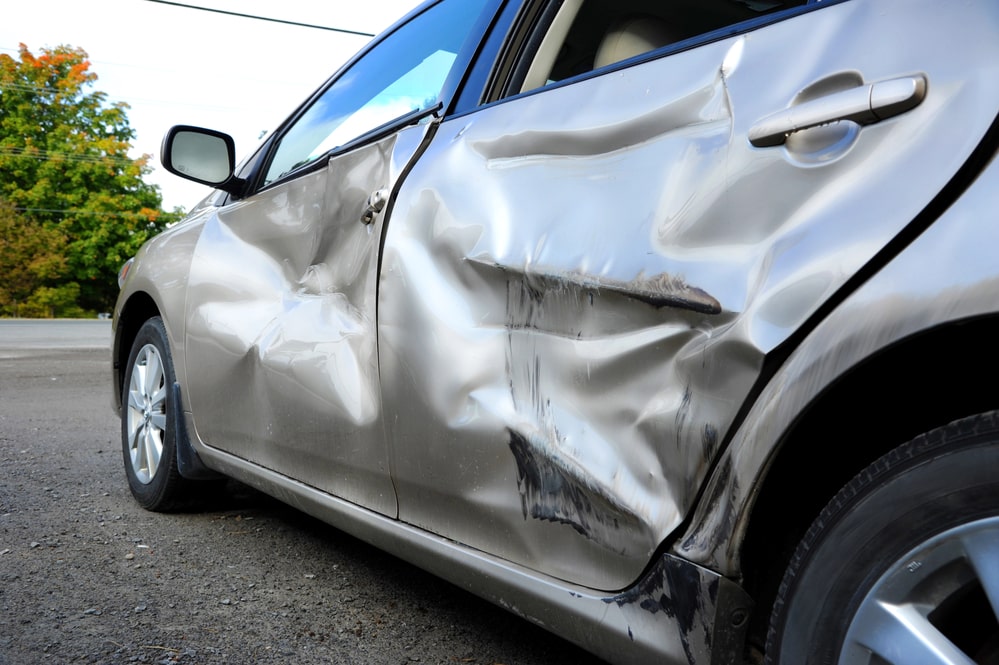Posted in Car accident
Determining fault in a car accident is one of the most crucial aspects of any personal injury claim. Establishing who is responsible directly impacts the outcome of insurance claims and potential legal actions. A car accident lawyer uses a combination of legal expertise, investigative skills, and knowledge of traffic laws to identify the at-fault party and build a compelling case for their client. Here’s a closer look at how they approach this critical task.
1. Gathering Evidence At The Scene
One of the first steps in determining fault is collecting evidence from the accident scene. A car accident lawyer reviews photographs of the vehicles, the surrounding area, road conditions, skid marks, and debris. They may also examine dashcam footage or surveillance videos from nearby businesses or traffic cameras to get a clearer picture of what happened.
2. Reviewing Police Reports
Police officers often arrive at the scene of a crash to assess the situation and file an accident report. These reports usually include details about the location, weather conditions, statements from drivers, and any citations issued. A lawyer analyzes the report for insights into the officer’s observations and preliminary conclusions about fault.
3. Interviewing Witnesses
As our friends at Law Firm of Edward Blinder, PLLC can attest, witnesses can provide invaluable information about the moments leading up to the crash. A car accident lawyer contacts eyewitnesses to obtain their accounts, which can corroborate their client’s version of events or provide new perspectives. These testimonies can be critical in establishing a clear narrative of how the accident occurred.
4. Examining Traffic Laws And Regulations
Traffic laws play a significant role in determining fault. A car accident lawyer carefully evaluates whether any traffic laws were violated, such as running a red light, failing to yield, speeding, or making an illegal turn. Proving that another driver violated these laws strengthens the case for liability.
5. Analyzing Vehicle Damage
The extent and location of vehicle damage often provide clues about how the accident occurred. For example, rear-end collisions usually indicate that the trailing driver is at fault for failing to maintain a safe distance. Lawyers may consult accident reconstruction experts to analyze the damage and recreate the sequence of events.
6. Reviewing Medical Records
In cases involving injuries, medical records can provide additional evidence about the severity of the impact and how it occurred. A lawyer may use these records to link specific injuries to the dynamics of the crash, further supporting their client’s claim.
7. Consulting Accident Reconstruction Experts
For complex cases, car accident lawyers may collaborate with accident reconstruction specialists. These experts use physics, engineering principles, and evidence from the scene to recreate the accident. Their findings can be pivotal in proving fault, especially when multiple parties are involved.
8. Communicating With Insurance Companies
Once fault is determined, the lawyer communicates with the insurance companies involved to present the evidence. This helps in negotiating a fair settlement or preparing for litigation if necessary.
Determining fault in a car accident requires a meticulous approach that combines evidence, legal knowledge, and strategic thinking. By leveraging these tools, a car accident lawyer ensures that victims are accurately represented and receive the compensation they deserve.



